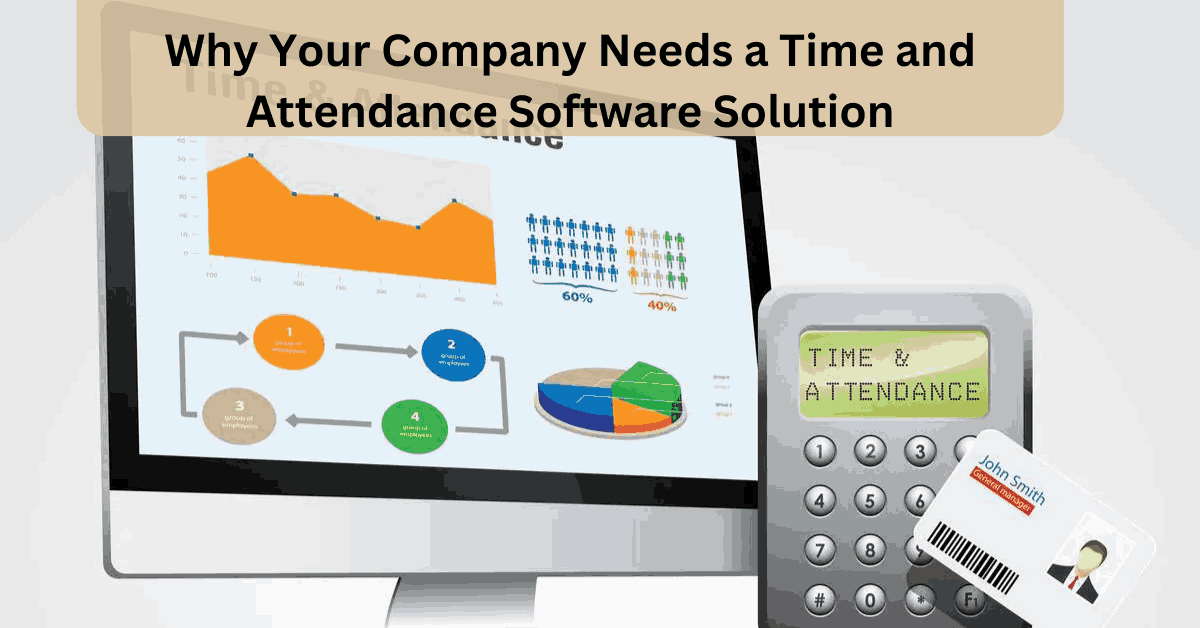A time and attendance software system helps you track employee clock-ins, manage schedules, and handle leave requests. This enables managers and HR teams to save time spent tallying employee hours, transferring them to payroll software programs, or manually calculating overtime.
These solutions will help businesses with diverse workforces manage their employees’ scheduling, leave, and time-off entitlements, whether they work remotely or on-site. These solutions also help them reduce payroll costs.
Increased Employee Satisfaction
In a manual system, it is easy for human error to occur. With a time and attendance management system, you can avoid these errors by eliminating manual calculations and automating tracking hours worked. This saves a lot of time for payroll and HR teams, allowing them to spend more time on other tasks, such as planning business strategies.
With a time and attendance software solution, employees will be more satisfied knowing their work is accurately recorded. This will help in reducing problems like absenteeism and employee turnover. This will also increase productivity by ensuring employees are always on-task and focused.
Many time and attendance systems offer biometric data collection devices, such as fingerprint readers or iris scanners. These eliminate “buddy punching” (another name for time theft), where one employee clocks in and out for another. This will help ensure that all employees follow company policies and that no cheating or fraud occurs.
Your employees can also quickly and easily inquire about their available time off or scheduled hours through the system, which would typically require them to go through an HR representative. They will be able to respond to their requirements more proactively, raising their job satisfaction overall. This is especially important for remote or on-the-go employees, as it will allow them to clock in and out remotely from any location with an internet connection.
Reduced Time-Off Requests
Keeping accurate records of employee shifts, time off, and overtime hours is critical for a business. This information is used for payroll, benefits eligibility, and legal compliance. Time and attendance software solutions make it easy to track employee hours and provide managers with a more accurate picture of the company’s workforce.
When employees can easily submit requests for time off, it can reduce the administrative workload on human resources staff. These systems also help ensure that every request is recorded and monitored, reducing confusion and errors. Additionally, these digital systems allow employees to view their requests, increasing transparency and fairness and decreasing the potential for bias or favoritism.
Many leading time and attendance systems offer a self-service dashboard for employees, which can be accessed from a computer, mobile device, or tablet. Depending on the system, this dashboard can include PTO balances, available leave, and an overview of employee clock-in status. Some systems can also provide productivity data through dashboards and reports, which offer high-level and granular insights.
To choose the best time and attendance management solution for your business, start by identifying the problems you’re trying to solve. Then, consider the features and tools that are most important to your operations and your team members’ satisfaction.
Increased Payroll Efficiency
Time and attendance tracking can be arduous for HR and payroll departments. It requires manually collecting and processing employee data, calculating and submitting payroll, and reviewing and checking for accuracy. Time and resources that could be better used on other projects are wasted in this way. A good time and attendance system will streamline these processes. This will help reduce the paperwork your HR and payroll employees have to deal with and save time and money in the long run.
A good time and attendance system will ensure your company doesn’t suffer costly mistakes. Manual processes are prone to errors like time theft, in which an employee clocks in for another coworker (also known as “buddy punching”). Many systems also have features allowing biometric authentication, such as facial recognition or fingerprint scanning, eliminating the potential for fraud or unauthorized access.
A good time and attendance software will provide real-time reports on employee activity, productivity, absence patterns, and more. This information can be used by managers to effectively manage all types of absence, including short-term sickness, annual leave, and unscheduled days off. It will help ensure all staff members adhere to company policies and indicate any issues needing investigation or early intervention.
Increased Compliance
If your organization uses a time and attendance tracking system, employees can use self-service features to log hours worked through a web-based portal. This eliminates the need for managers to review and approve employee timesheets, reducing clerical errors and saving time and money. A modern automated time and attendance system also integrates with payroll, eliminating the need for manual data entry or importing time spreadsheets. This streamlines the process and increases accuracy.
In addition to streamlining the entire time tracking and scheduling process, a sound automated system helps your organization avoid expensive payroll mistakes. This includes costly errors in overtime payments and missed vacation and sick days. Many solutions offer an easy-to-use interface that can help you eliminate manual entry errors by automatically calculating overtime and holiday pay. Additionally, most solutions feature a comprehensive reporting function that can help you keep track of employee performance, identify issues, and take action.
Ultimately, the best time and attendance software is user-friendly for supervisors and employees. To ensure a smooth implementation, HR should plan to communicate the benefits of a new system and why the organization has chosen it. It is also best to select a group of employees to serve as change ambassadors who can help other employees embrace the new technology. These change ambassadors can also be an excellent resource for answering questions about the system or its use.







